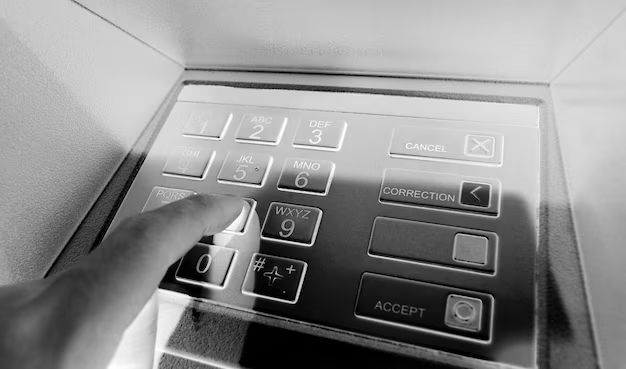Understanding ATM Transaction Errors: Causes, Solutions, and Prevention.
ATM transactions have become indispensable to modern banking, offering millions worldwide convenience and accessibility. However, users can encounter errors during these transactions, which can be frustrating and confusing. Understanding the causes, solutions, and prevention methods for ATM transaction errors can help users navigate these issues effectively.
Common Causes of ATM Transaction Errors
- Insufficient Funds: One of the most common reasons for transaction errors is attempting to withdraw more money than is available in the account. Ensure that your account balance covers the amount you intend to cancel.
- Technical Glitches: Like any electronic device, ATMs may encounter technical glitches. These glitches can result from connectivity issues, software bugs, or hardware malfunctions.
- Card Issues: A damaged, expired, or incorrectly inserted card can lead to transaction errors. Ensure your card is in good condition, not expired, and inserted correctly into the ATM card slot.
- Network Problems: Sometimes, ATM transaction errors occur due to network issues. This could temporarily disrupt communication between the ATM and the bank’s network.
- Fraudulent Activities: Transaction errors may sometimes indicate fraudulent activities, such as card skimming or unauthorized access to your account.
Solutions to ATM Transaction Errors
- Check Account Balance: Before attempting a transaction, verify your account balance to ensure sufficient funds are available.
- Retain Transaction Receipts: Always retain transaction receipts as they provide valuable information in case of errors or disputes.
- Contact Your Bank: If you encounter an ATM transaction error, promptly contact your bank’s customer service to report the issue and seek assistance.
- Monitor Account Activity: Regularly monitor your account activity through online banking or mobile apps. Report any unauthorized transactions immediately to your bank.
- Use Trusted ATMs: Use ATMs affiliated with your bank to minimize the risk of transaction errors and fraudulent activities.
Preventing ATM Transaction Errors
- Keep Your Card Secure: Protect your ATM card from damage and unauthorized use. Please do not share your PIN with anyone; shield it when entering it at the ATM.
- Stay Vigilant: When using ATMs, be alert for unusual behavior or signs of tampering. If you notice anything suspicious, refrain from using the machine and report it to the bank.
- Update Contact Information: Ensure your bank has your current contact information so they can reach you promptly in case of any transaction-related issues.
- Educate Yourself: Stay informed about common ATM transaction errors and fraud tactics to safeguard yourself against potential risks.
For more information on resolving ATM transaction errors and disputes, refer to our comprehensive guide on ATM Transaction Errors and Dispute Resolution.
By following these guidelines and staying informed, you can confidently navigate ATM transaction errors and minimize potential disruptions to your banking experience. Remember to prioritize security and vigilance to safeguard your financial assets effectively.
